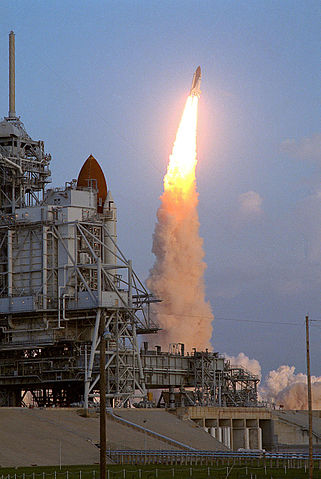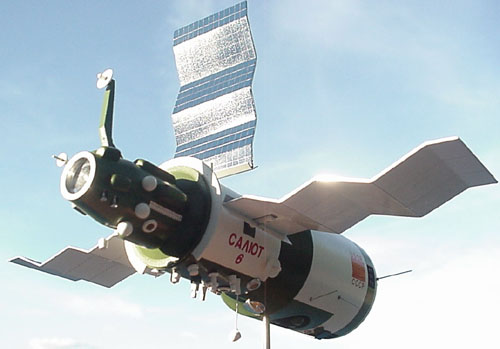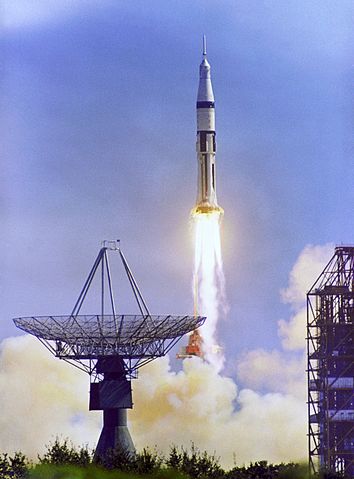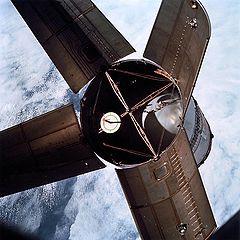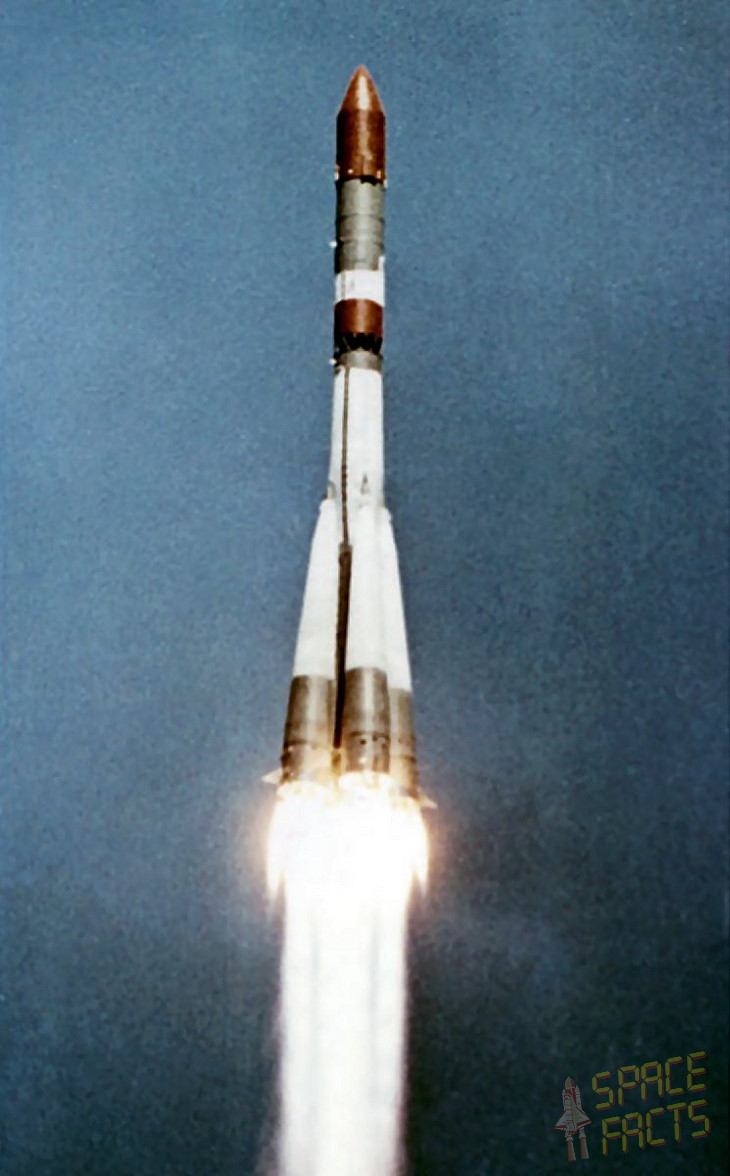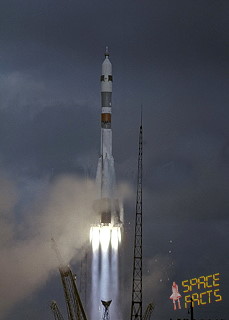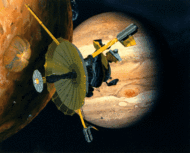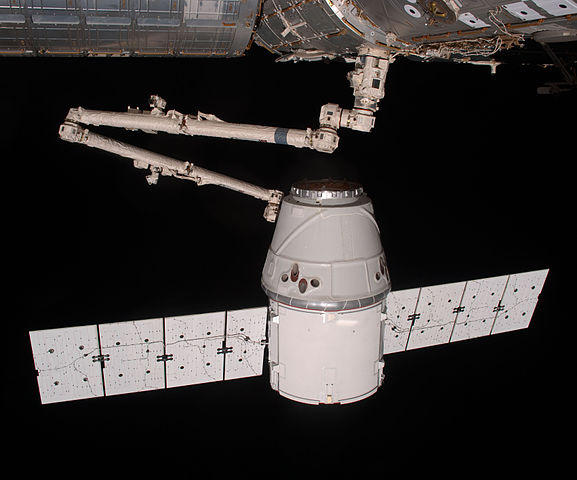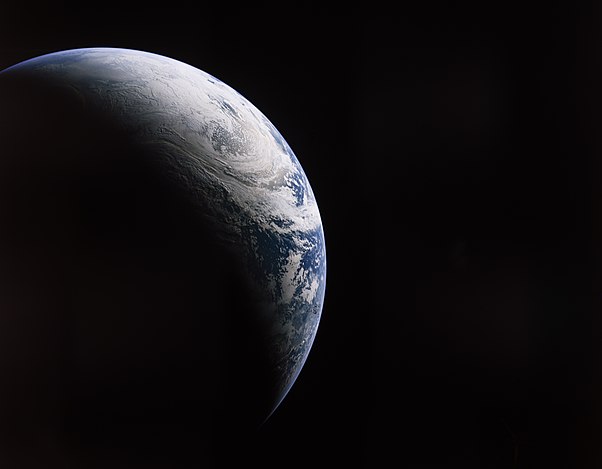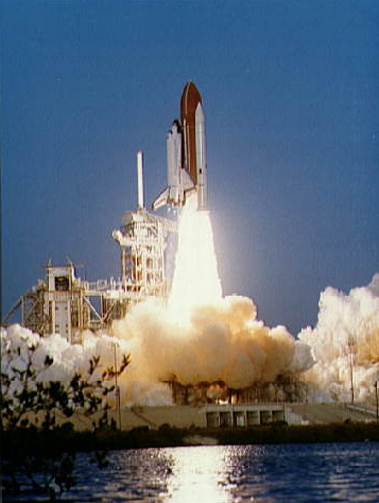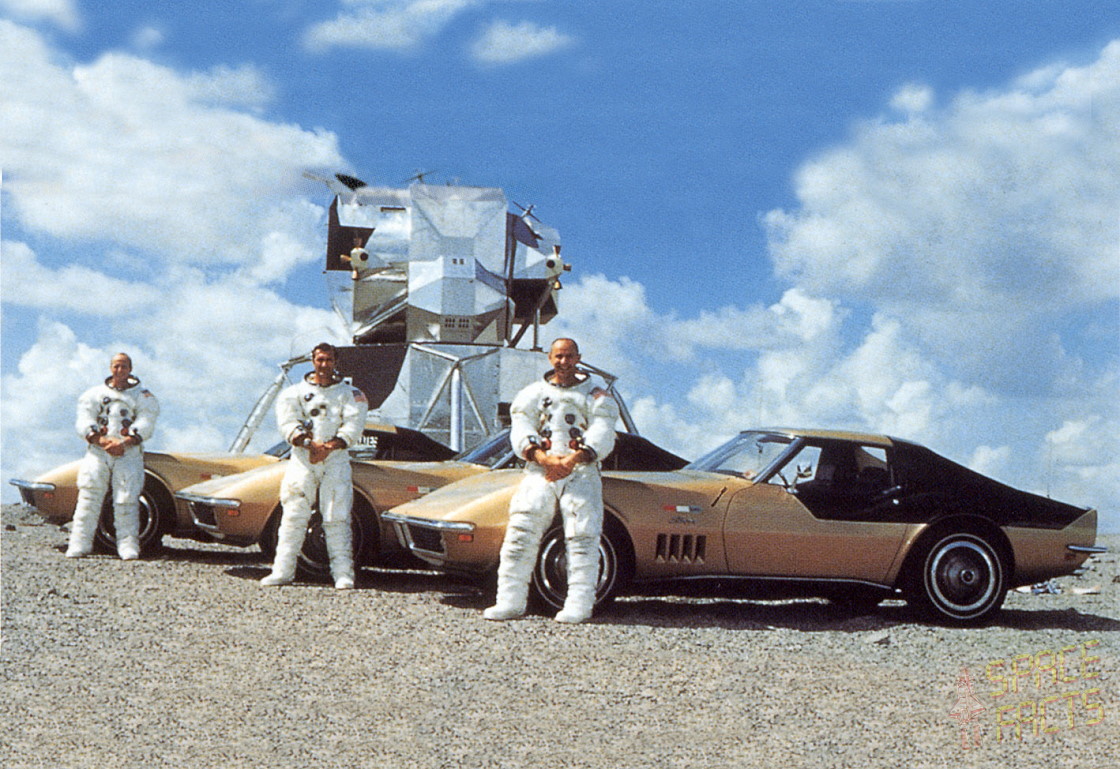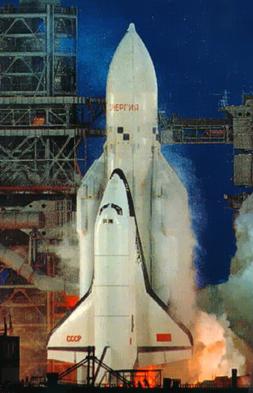Funny story, I got a little carried away.
Off an on, I have been posting mementos from space exploration, astronomy and rocketry history. The only real rule I had, with little exception, was that it had to have occurred at least 10 years ago.
I decided to spread the joy to my furry friends as well. :3
I've actually been thinking of starting this thread for a while, but I wanted to pick a good launch point. (Pun intended.
********
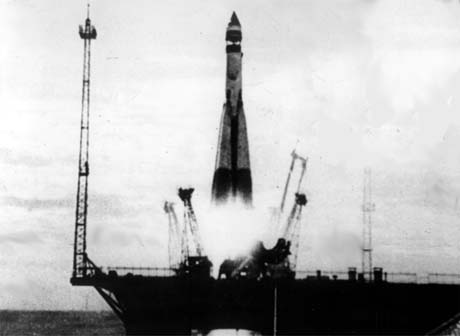
57 years ago today, the Space Age began when the Soviet Union launched Sputnik 1 (official name Простейший Спутник-1, Simple Satellite 1) from Site 1/5, Tyuratam missile range (now Baikonur Cosmodrome), in present-day Kazakhstan.
Its launcher, the R-7 Semyorka ICBM, was designed long before the Soviets figured out how to miniaturize nuclear warheads. Then again, its designer, Sergei Korolev, probably designed it more for space travel than for war.
But more on that, and him, another time.

The Soviets originally wanted to launch a more sophisticated satellite, but delays led them to launch what is effectively merely a radio transponder. They were still able to get data. Originally launched into a 133x583 mile orbit, they were able to figure out that there was indeed a rarefied atmosphere at that height, as they determined as drag slowly pulled the satellite into a lower orbit. Studying its simple signal allowed scientists to learn about the properties of the ionosphere.
The probe weighed a mere 185 pounds, and was powered by a battery. It would be a long time yet before solar cells were first used. Sputnik was active for just over three weeks, and re-entered the atmosphere three months after launch.



